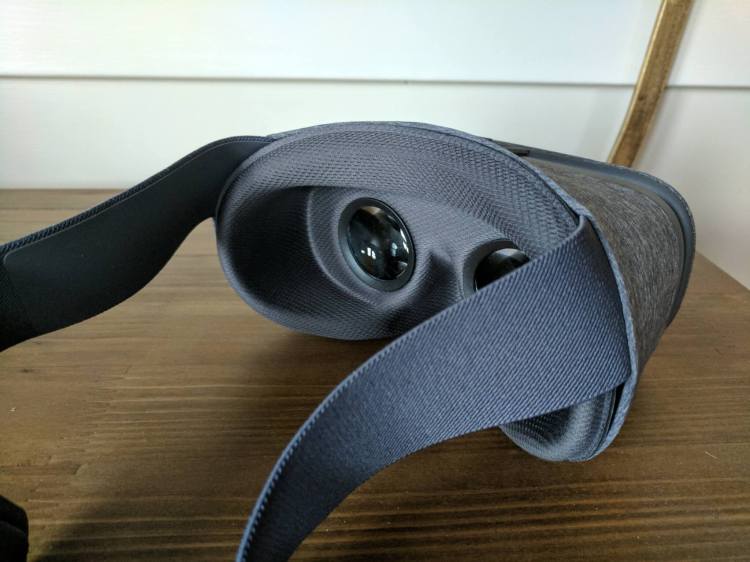testsetset
Google is still developing a standalone augmented reality headset that can overlay digital objects on the real world, according to a report in WinFuture.
This isn’t the first time we’ve heard rumors of Google developing a standalone headset. In February 2016, the Wall Street Journal reported that the Mountain View firm was prototyping a design with custom head-tracking sensors from Intel’s Movidius, which at the time said it was working with many companies on both virtual reality and augmented reality. Rumors have continued ever since, but today is the first time we’re learning of possible specifications.
The hardware, which bears the internal codename “Google A65” and is described as “not unlike […] Microsoft’s HoloLens,” will reportedly feature the Qualcomm QSC603, a 10nm system-on-chip designed with Internet of Things (IoT) in mind. It will connect to tablets and other peripherals via Bluetooth 5.1 and Gigabit Wi-Fi, but lack a cellular or 5G modem. Google is reportedly working with Quanta, which manufactured the Pixel C, to prototype the headset.
The details are a little fuzzier with regard to the software. Google’s all-in-one headset is said to support voice recognition, potentially powered by Qualcomm’s Aqstic natural language processing and audio speech recognition technology. But it is unclear whether it will run a variant of Daydream, Google’s operating system for virtual reality headsets, or support ARCore, its AR platform for smartphones and tablets.
The QSC603 is an interesting choice on Google’s part, assuming the rumors are true. The chip, which was unveiled in April, sports a high-end image processor, the Spectra 270, in addition to a quad-core Snapdragon processor, Qualcomm’s Hexagon 685 Vector Processor, and an Adreno 615 GPU. The dual-processor Spectra 270 supports as many as two sensors up to 16MP in resolution, and advanced real-time and post-processing features such as de-warping and de-noising algorithms. The Adreno 615, meanwhile, can output video at a resolution of WQHD (2,560 x 1,440 pixels), and supports popular graphics APIs like Vulkan, OpenGL, and OpenCL.
But perhaps the real highlight of QCS603 is the Hexagon 685, a chip designed to accelerate artificial intelligence (AI) workloads. It’s a part of the Qualcomm Artificial Intelligence (AI) Engine, an overarching heterogeneous compute platform that supports the Android Neural Networks API, open-source machine learning frameworks like Google’s TensorFlow and Caffe2, and Qualcomm’s Hexagon Neural Network library.
If Google’s standalone headset comes to fruition, it is likely to face stiff competition, and not just from Microsoft. AR startup Magic Leap plans to begin shipping the first generation of its headset technology, the Magic Leap One, this year. And according to a CNET report in April, Apple is developing a combination AR/VR headset with a tentative 2020 release date.

